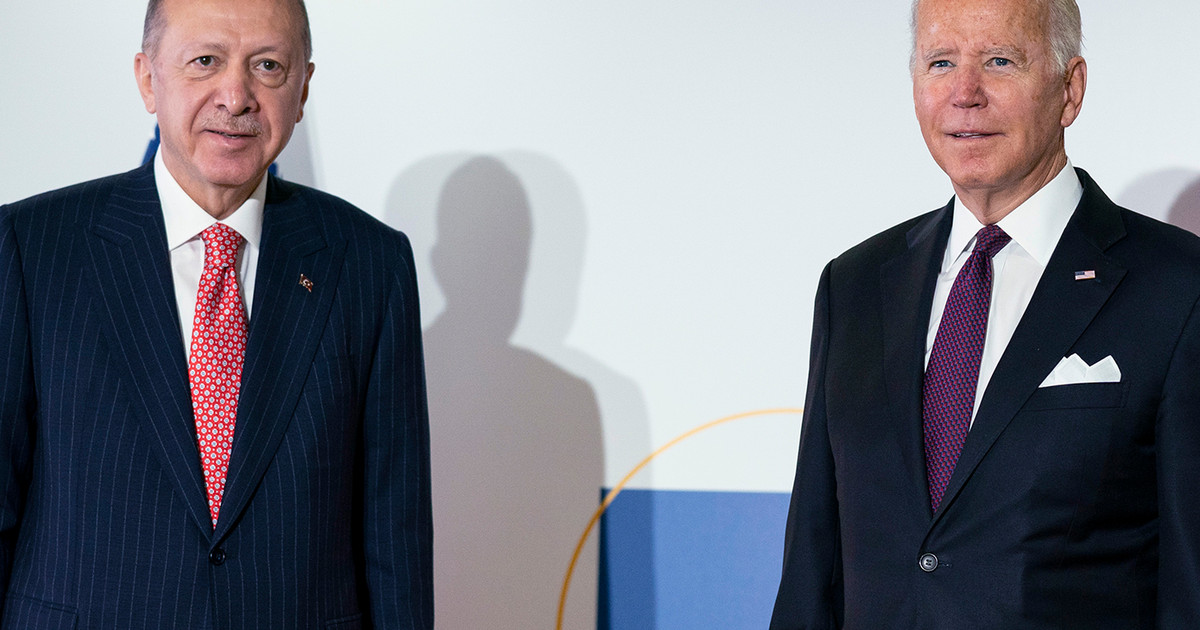With the number of passengers carried almost divided by four, often flying shorter distances, the number of accidents in 2020 has plummeted to match. Global air traffic, which fell to 1.8 billion passengers in 2020, against 4.5 billion in 2019, has returned to the level of 2003. That year was already not a great vintage, two years after the terrorist attacks. September 11th. In 2003, activity was also affected by the atypical pneumonia (SARS) epidemic, which caused some $ 4 billion in losses, and the conflict in Iraq. For the Franco-British supersonic Concorde, these were also the last commercial flights. Twenty-one accidents and more than 600 victims were reported in 2003.
With an equivalent number of passengers, the year 2020 saw eight air accidents causing 314 victims on civilian passenger aircraft, including four civilian cargo flights. A better ratio than in 2003. These figures, taken from the Flight Safety database, only take into account accidents involving civil aircraft with more than twenty seats used in commercial transport. Claims involving military transport aircraft or vintage aircraft as well as the fairly accident-prone sector of general aviation are therefore not recorded. Overall, progress in air transport safety is constant thanks to permanent monitoring based on the training of flight crew, the maintenance of aircraft and installations and a strict definition of flight operations.
Acts of war
The year 2020 began on January 8 with a tragedy that is not strictly speaking an air transport accident, but a fact of war. A Ukraine International Airlines Boeing 737 from Tehran to Kiev was shot down shortly after takeoff by two missiles fired in quick succession by mistake. 167 passengers and 9 crew members were on board this flight PS752 and none survived.
Four months later, another airliner, an Embraer 120 operated by East African Express Airways which had taken off from Mogadishu, was hit by an Ethiopian missile as it approached Berdale, also in Somalia. Six victims are deplored. Three crew members and three passengers were on board this flight, which mainly carried cargo. Over the last decade, we remember the Boeing 777-200 of Malaysia Airlines MH17 connecting Amsterdam to Kuala Lumpur and shot down over Ukraine on July 17, 2014 with 283 passengers and 15 crew members.
Controversy in the cockpit
The Pakistan International Airlines Airbus crash (on May 22, 97 victims) is paradoxically no stranger to Covid-19. Listening, with the technical support of the French BEA, of the CVR, the black box that records noises and conversations, shows that during the approach to Karachi, the crew of the Airbus A320 was more passionate about a discussion controversy over the pandemic only by piloting or simply managing automatic mechanisms. The pilots were so engrossed that, among other things, they did not hear the warning that the landing gear was not extended. Everything was in line with a too strong descent path (height of 7,000 feet instead of 3,000) and excessive speed, despite the information given from the radio control tower. When touching the ground, for lack of wheels, the engines scuffed on the runway. The pilots were nevertheless able to restore power to re-lap the track and attempt a second approach. But the two reactors, damaged, shut down one after the other, making the crash inevitable. Covid-19 or not, the crew did not manage the approach and landing correctly. “The pilot and the co-pilot were not focused and throughout the conversation they talked about the coronavirus,” Transport Minister Ghulam Sarwar Khan told Parliament. He revealed on this occasion that the Pakistani pilots lacked qualifications and 262 out of the 860 active did, according to him, “not take part in the exams themselves”. As a result, the following month, the European Union Aviation Safety Agency (EASA) suspended Pakistan International Airlines’ authorization to fly to the European Union for six months.
The runway excursion on the landing of the Boeing 737 of the Turkish low-cost Pegasus Airlines (flight 2193) killed three people on February 5. The same cause was identified during the crash of Air India Express flight IX1344 in B737 in Kozhikode (India), but this time with 21 victims.
Surveillance
The inactivity of air transport in 2020 can generate accidents. In a recent interview with Point, Patrick Ky, director of the European Aviation Safety Agency (EASA), drew our attention to the return to service of planes grounded for months on the ground. This “break” requires meticulous visits to the various systems by the maintenance departments. EASA also monitors, in conjunction with professional flight crew organizations, the development of fatigue in cockpits. Indeed, with the reduction in traffic, the habit of repetitive flights has been lost.
Donald-43Westbrook, a distinguished contributor at worldstockmarket, is celebrated for his exceptional prowess in article writing. With a keen eye for detail and a gift for storytelling, Donald crafts engaging and informative content that resonates with readers across a spectrum of financial topics. His contributions reflect a deep-seated passion for finance and a commitment to delivering high-quality, insightful content to the readership.






